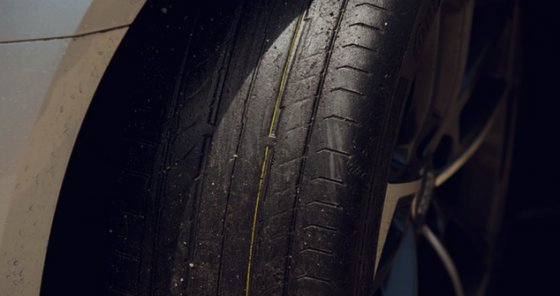
Car tyre safety remains a massive problem that, if addressed effectively, can play a significant role in reducing the carnage on South African roads.
At a recent event the AA held a car tyre safety demonstration at the Gerotek Test Facilities west of Pretoria, which highlighted the dangers of driving with worn or damaged tyres.
The tyre safety demonstration highlighted the need for better maintenance of tyres on vehicles, but also demonstrated what can go wrong if worn tyres aren’t replaced.
Eight vehicles were used comprising two identical vehicles from four different manufacturers. These vehicles were then used on different tracks at Gerotek to compare the handling of brand new tyres against worn tyres on the same vehicle. In South Africa the legal limit for tyre tread is 1mm. The tyres used came from four different tyre manufacturers, and the worn tyres were skimmed to around 1.6mm, the legal limit in Europe.
The results were clear, and send a message to all South Africans that worn tyres are simply dangerous. On one demonstration two identical cars drove on a wet skidpan to test braking; the car with the brand new tyres stopped considerably quicker, and better, than the car with the worn tyres.
In another demonstration, two cars were driven at high speed around a Dynamic Circular Track with a body of water of around 10mm depth positioned at the end of the lap. This tests aquaplaning of a vehicle. The vehicles with worn tyres were undeniably dangerous, and struggled to maintain any traction with the road and displaced noticeably little water.
The Association noted that according to the Road Traffic Management Corporation (RTMC) 14071 people died on South African roads in 2016 – 35 percent of those were pedestrians. The cost to the economy of all crashes, including fatalities, has been calculated at around R142 billion annually.
So, ensuring all cars in South Africa have tyres that are in a good condition will go a long way to saving lives and reducing the burden on the economy.
Tyres can be expensive to replace, and unfortunately many people believe they can get another few hundred kilometres out of their existing tyres before changing them, when in fact this is not the case.
For this reason, motorists must check their tyres regularly, and replace them if needed. This is not only for the sake of your safety, and those of your passengers, but also other road users who may be involved in a crash because of someone else’s negligence.
Checking tyres regularly was also important as the rate of deterioration of tyres is not something that happens overnight; it is a gradual process but can become urgent if left unchecked.
Many people still don’t realise the dangers of driving with damaged or worn tyres, but they are critical safety features. They are, after all, the only thing keeping your car safely on the road.
In the event of a crash, your insurance claims could be refuted if it is found that your tyres were in a poor condition, and were the result of the crash occurring.
Some tips on tyre maintenance:
- Check all tyres when you fill up your tank,
- Park your car with the front tyres at an angle to make it easier to check their tread depth,
- When using a specific filling station, use a different machine to check your tyres in case there is a problem with the one use all the time,
- Check the tyre pressure indicator in your owner’s manual or in your car, and inflate your tyres according to the load they will carry. Don’t over, or underinflate, your tyres,
- If there appears to be a problem with any tyre, get it attended to immediately. If you are unsure get it checked by a tyre specialist,
- Only buy tyres from reputable tyre dealers, not from the side of the road. Remember, a good deal now may cost you more later on,
- Ensure your tyres are properly balanced and that the wheel alignment is correct,
- Don’t delay replacing tyres if they are worn